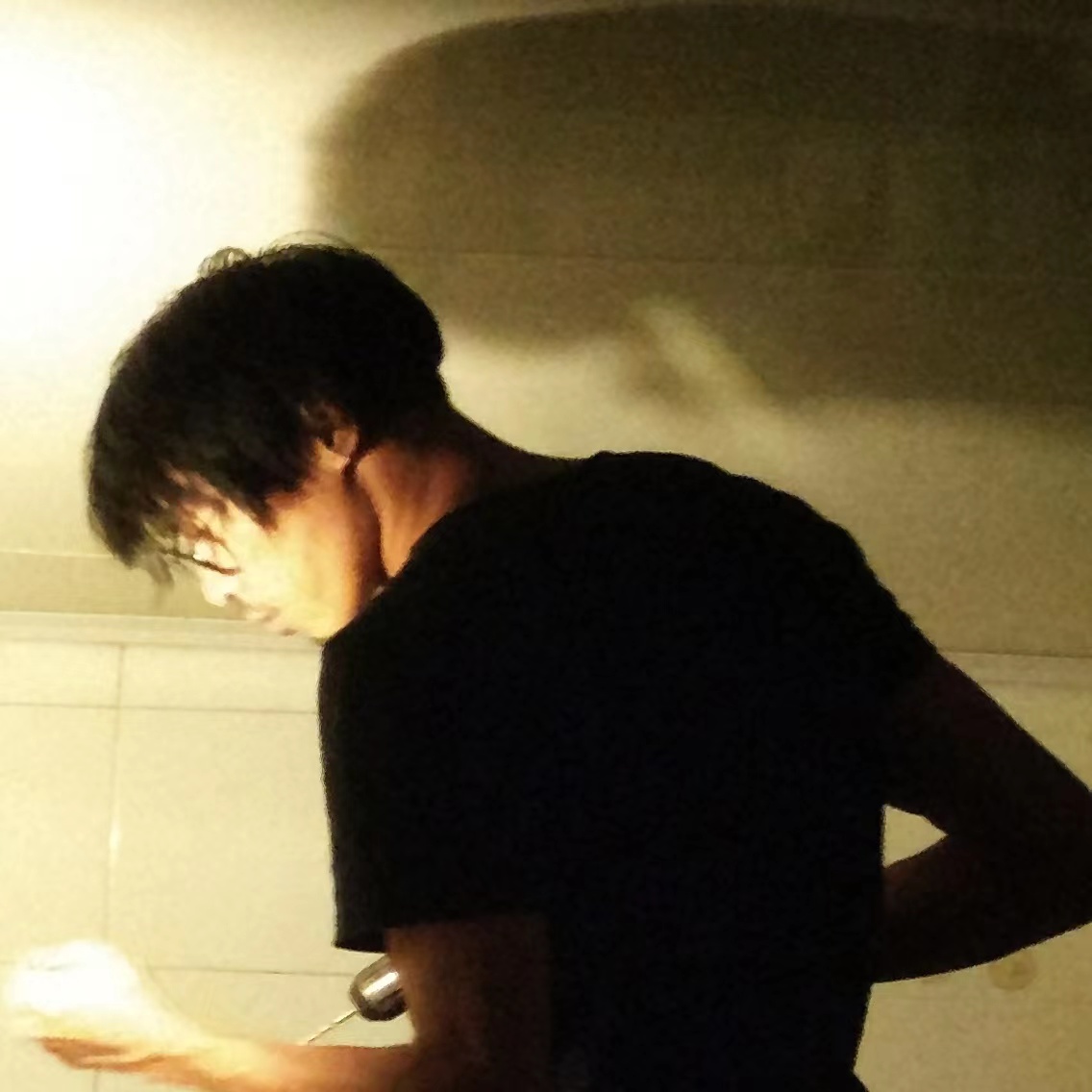"鲲 . 池" 项目由一个再野化的场和分别两端的两个对象组成。“再野化”强调提升生态系统韧性和维持生物多样性。 位于入口处的那条孤独飞行的鲲,看远,看近,也看小。位于废弃老宅角落的池,池水慢慢溢出,坚持好好浇水,让很多人都能享受到这座荒园的美丽。“鲲”是从远古追今的想象之翼,“池”是未来考今的读取接口。
两位艺术家特别中意这块地处海晏村中段三牌末端位于三百余年青石板主轴路旁被闲置的凹形荒地,像个院子,但周边不规则又错综的建筑立面使其看起来更像一块三不管的空地,路侧新辟的临时停车场更是其容易路过和错过,但就是这种复杂的状态更显其真,用个时髦的词就是一种“野生态”。如何在这样一个荒废之地,又被划入建筑保护红线内的地块进行“创作”确实是国内一个普遍存在又炙手可热的实验地。两位艺术家分别用各自的方式,微处理每一石头或杂草,如何增加,减少,也都是需要时间和在场的经验进行博弈,而这个过程恰恰是艺术家和村子,村民,外来者建立关系的一个最佳契机;如何在花都之乡班门弄斧——造“花园”,如何重构村子与滇池之间的关系,是水或是风,或者有更加实际而朴实的依存感等,面对这一系列新的历史叙事,两位创作的最终形态也往往只是作品的中间态,这一切有可能正是作为参与创作最迷人又挑战重重之处。
The project "KÛN∙CHÍ | MIRROR FOR KUNMING LAKE - garden" consists of a micro-processed i.e rewilding field and two objects at either end. "Rewild" emphasizes improving the resilience of the ecosystem and maintaining biodiversity. The lonely Kun flying at the entrance can be seen far, near and small. The pool at the center of the abandoned courtyard, with water slowly overflowing, watering droughty earth, so that more people can enjoy the beauty of this deserted park. "Kun" i.e. big fish, is the wing of imagination from ancient myth, and "pool" is the interface for reading the future.
The two artists deliberately chose this concave wasteland located at the end of Sanpai in the middle of Haiyan Village, which is aside the main axis of the stone slab that was laid more than 300 years ago. It looks like a yard, but the irregular and intricate facades around make it look more like a vacant lot.The newly built temporary parking lot on the edge of the road can be easily passed by and ignored, but it is this complex state that makes it more real, or, to put it more fashionably, more “wild”. How to "create" in such a deserted field inside a historical preservation zone, is an environmentally sensitive project in China.The two artists respectively use their own methods to micro-process each stone and rock, adding and subtracting, but also leave it to time and weather to shape the ensemble. This process is the best way for artists to establish relationships with the village, villagers, and visitors. We ask questions like How to best design in the hometown of flowers through "gardening"? How to to reconstruct the connection between the village and Dianchi Lake, by water or air, or create a more practical and simple sense of inter-dependence. Confronting this new series of narrative histories, the final form of the two artists' creations is often only the intermediate state of the works, which may be the most fascinating and challenging dimension of their participation in an art residency.


舒吟
福建泉州人, 学习,工作,生活于温哥华,上海
建筑学硕士, 建筑研究荣誉学士
通过赤脚的建筑实践在乡土手作实验装置
Shu Yin
Native of Quanzhou, Fujian. Lives and works in Vancouver and Shanghai. B.Arch. (Honors, with Distinction) and M.Arch.
Experimental installations in rural villages through grassroots architectural practice
许志锋,号shaw(音“笑”),赤手艺术家,浙江秀水人,建筑学专业,学习工作生活上海廿年,稔熟用自己的身体结合装置等多媒体介入城市空间,以自我表达探索社会关系。2022年被封黄浦区三只月
Xu Zhifeng, aka s.h.a.w. , barefoot artist, from Zhejiang Xiushui, bachelor of architecture, scholarship in social sculpture, work and live in Shanghaiexplores the theoretical and social experience of architecture through performance pieces and art exhibitions that intervene in urban spaceswas locked-down in Huangpu district for 3 months in 2022.
2018年 延平乡村艺术季艺术驻留
2018 Yanping Art Harvest in the Village, Jiulong Village, Fujian, China
2016年 喜玛拉雅赴韩国光州市立美术馆驻留项目
2016 Shanghai Himalayas Museum Artist-in-Residences 2016 Gwangju Program, Korea
“Art In Nature” Chuodun, Kunshan, China
2012年 芬兰赫尔辛基HIA艺术驻留
2012 “Urban Studies”, HIAP, Helsinki, Finland
2009年 英国伦敦Visiting Art艺术驻留
2009 “1mile² Waltham Forest”, Visiting Arts, ACME/the Fire Station, London, UK